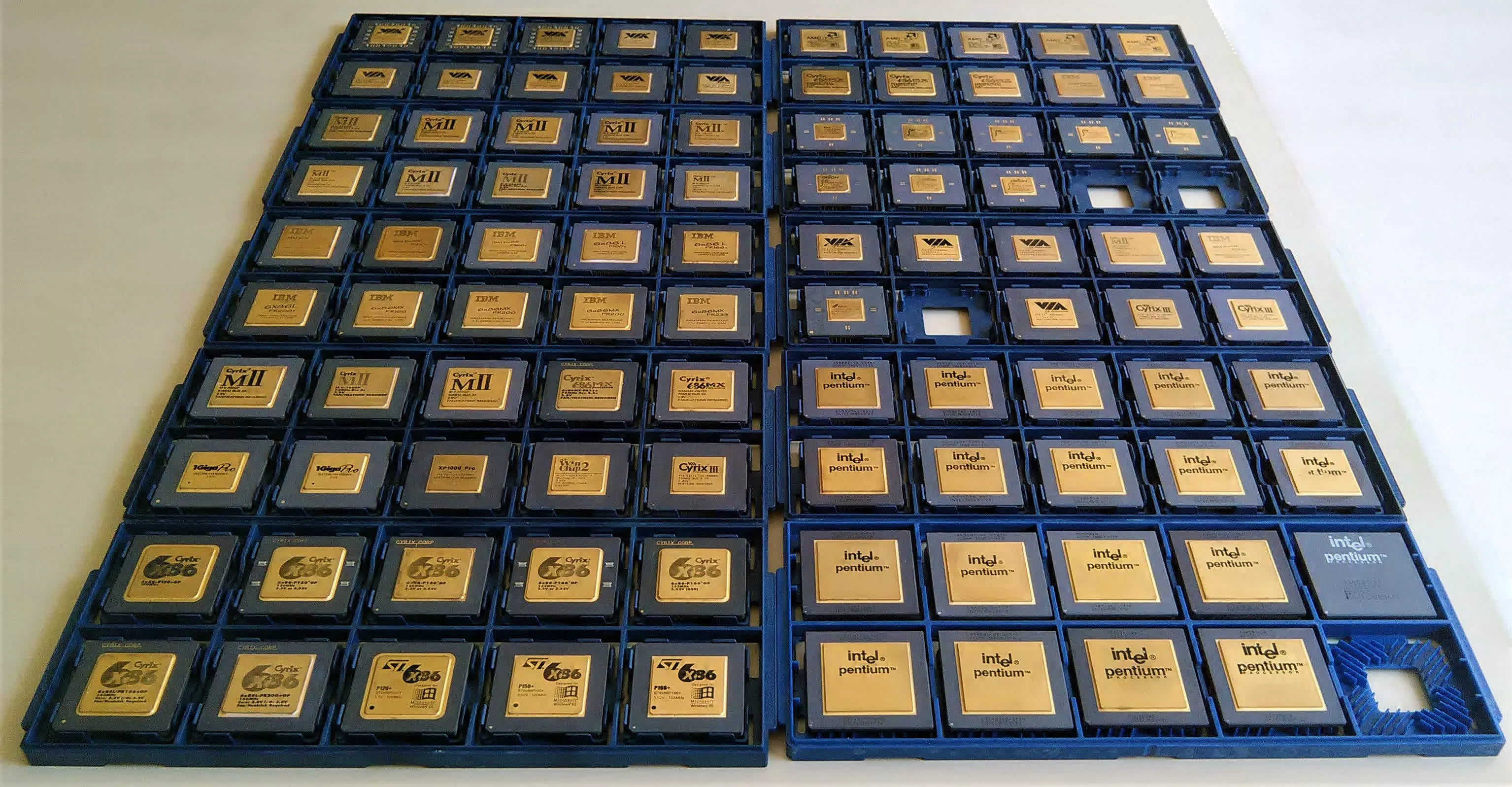Here's the story behind it

IBM has been involved in the development of x86 systems since their inception, contributing to the design and manufacture of x86 processors for both PCs and embedded systems. Over the years, IBM has played a pivotal role in advancing the x86 platform, shaping its growth and evolution through innovation and collaboration.
Cyrix, founded in 1988, initially focused on developing high-performance math coprocessors for 286 and 386 microprocessors. The company gained prominence during the Intel Pentium era, producing standout processors such as the Cyrix 5x86 and 6x86. These CPUs were known for offering competitive performance at lower costs compared to Intel's offerings.
Cyrix's collaboration with IBM further enhanced its reputation in the market. However, after a successful run, Cyrix was acquired by National Semiconductor in 1997 and later integrated into a division of Texas Instruments.
VIA Technologies emerged as a significant player in the x86 CPU market during the 1990s. The company carved a niche for itself by focusing on low-power, efficient solutions, which were well-suited for compact systems and embedded applications.
VIA's acquisition of IDT Centaur marked its entry into the microprocessor arena, leading to the development of processors such as the VIA C3, VIA C7, and VIA Nano. Today, VIA continues its x86 CPU production through Zhaoxin, a joint venture with the Shanghai Municipal Government, which predominantly caters to the Chinese market.
In contrast, Motorola, one of the pioneering semiconductor companies, with a rich history of microprocessor development, never ventured into the production of x86-class processors for the PC market. Instead, Motorola focused on other architectures, such as the 68000 series, which became widely used in early Apple Macintosh computers, Atari systems, and Amiga PCs.
In a strategic move, Motorola eventually spun off its semiconductor division into two entities: ON Semiconductor, which remains active, and Freescale Semiconductor. Freescale was later acquired by NXP Semiconductors in 2015, and in a further consolidation, Qualcomm acquired NXP, demonstrating the continued consolidation and reshaping of the semiconductor industry.
In conclusion, while IBM, Cyrix, and VIA have all played roles in the development and production of x86 processors (alongside AMD and Intel, of course), Motorola stands apart as a company that did not produce x86 CPUs for the PC market.